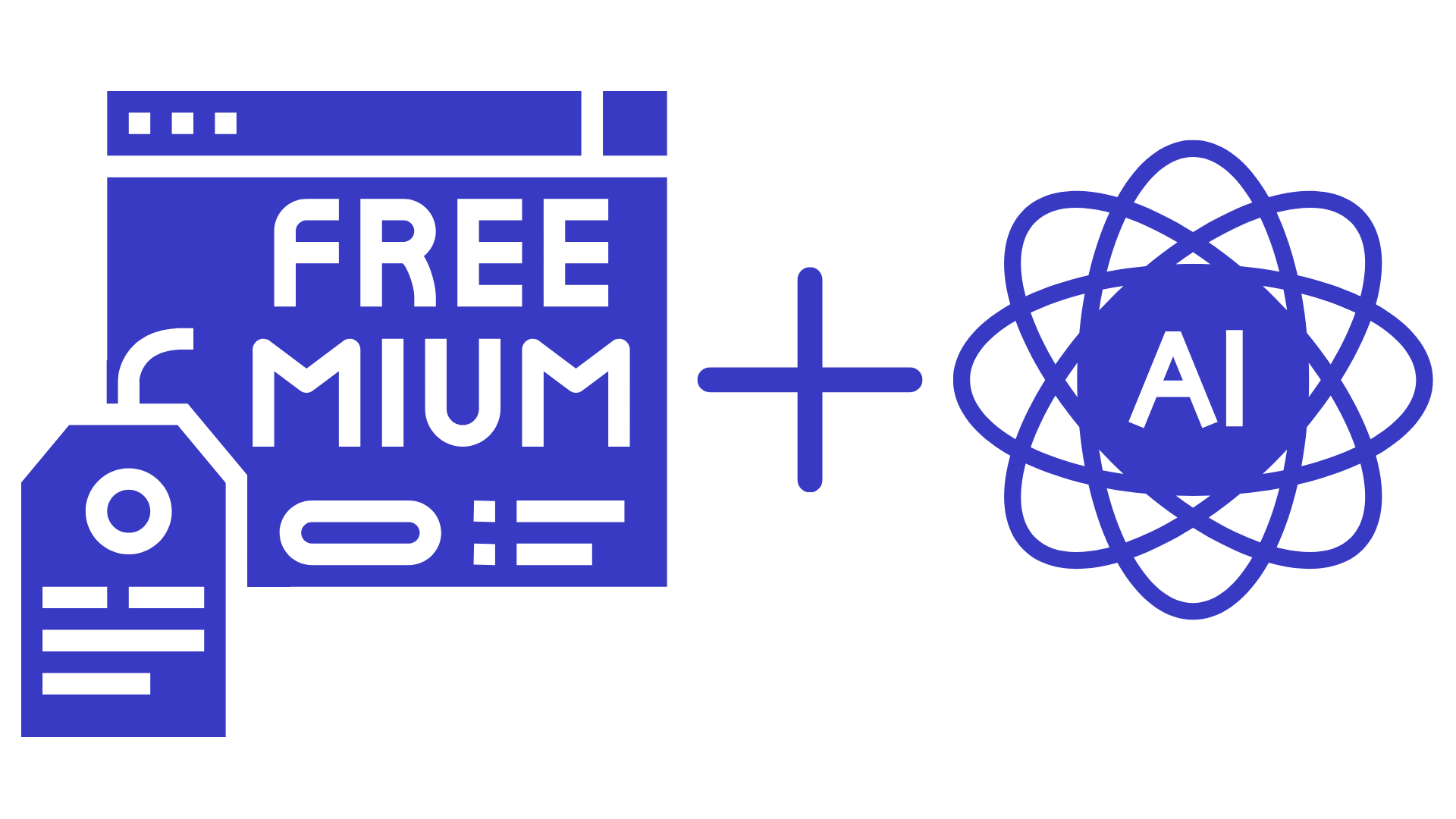Freemium for AI Apps: Why Advertising Is the Key to Sustainable Growth

The freemium model has shaped the digital economy for more than a decade. From music streaming to productivity apps, it’s become the standard way to scale: offer something free, then convert a percentage into paying customers.
But when it comes to AI applications, freemium faces unique challenges. High computing costs, unpredictable usage patterns, and resistance to paywalls make growth difficult.
That’s why advertising — specifically contextual AI advertising — is set to become the key to freemium's sustainability.
The Traditional Freemium Challenge
Most app developers know the playbook:
- Free tier: Attract users and drive adoption.
- Premium tier: Unlock additional features behind a paywall.
- Conversion funnel: Push free users to upgrade.
In practice, freemium struggles with:
- Low conversion rates: Fewer than 5% of users pay.
- High churn: Many downgrade or cancel subscriptions.
- Uncovered costs: Every free AI query consumes compute and infrastructure.
Unlike mobile apps with near-zero marginal costs, AI apps are expensive to run. Giving away too much is a direct financial hit — not just a missed opportunity.
Why Advertising Complements Freemium
Advertising has always funded free content: newspapers, radio, TV, and social media all rely on it. AI apps are no different. The distinction lies in how ads are delivered.
Contextual AI advertising solves freemium’s biggest weakness: it keeps access free while generating revenue. Instead of gating features, ads appear naturally within conversations.
Real-World Examples
- A user asks for fitness tips → a protein brand is mentioned.
- Searching travel recommendations → a partnered hotel appears.
- Looking for study resources → a publisher’s sponsored guide is suggested.
In every case, ads are timely, relevant, and transparent. Users stay free. Developers earn. Marketers reach engaged audiences. Everyone wins.
How Contextual Ads Drive Growth
Advertising brings balance by:
- Monetizing the majority: Even if 95% never pay, ads turn activity into revenue.
- Scaling globally: Free tiers expand adoption in regions less likely to pay.
- Reducing churn pressure: Less need for aggressive upselling or gating.
- Supporting innovation: More revenue = better features for all users.
User Trust and Brand Safety
Some fear ads may hurt user experience. That’s true for intrusive ads, but not for contextual AI ads.
Trust comes from:
- Transparency: Clearly labeled as sponsored.
- Relevance: Only shown in matching contexts.
- Control: Advertisers block categories, developers oversee placements.
Done right, ads enhance trust because they add value instead of noise.
Why Now?
AI usage is exploding. Costs remain high. Investors want viable models. Freemium alone won’t cut it — survival depends on freemium + advertising.
The Road Ahead
- Smarter ad formats: Conversational and helpful, not disruptive.
- Privacy-first personalization: Context without surveillance.
- Hybrid models: Subscriptions + ads + microtransactions.
- Global accessibility: Free tiers for all regions.
Conclusion: Freemium + Ads = Sustainability
The freemium model brought millions online. But for AI, it needs reinforcement. Contextual advertising is the missing piece.
It balances costs, unlocks new revenue, and ensures sustainable growth. The future isn’t freemium or ads — it’s both, working together.
👉 Want to explore freemium + ads? Join AdsBind's early access and see how contextual advertising makes freemium sustainable.